Pandas: Are unusual black and white colored animal attracts many people – it is often photographed for calendars, notebook covers, and notepads. They also become circus performers or are placed in zoos, which is quite disheartening.
Because of its distinctive costume, the bear is adored all over the world! The giant panda also has a second name, “bamboo bear,” which is due to the fact that the animal prefers to consume bamboo, spending at least 12 hours on this activity. By the way, the two-colored charming bear has a distant relative – the red panda, which looks very different but is no less beautiful than the giant panda.
Below we have gathered 10 of the most interesting facts about pandas.
1. The Lesser Panda is a distant relative of the Giant Panda.
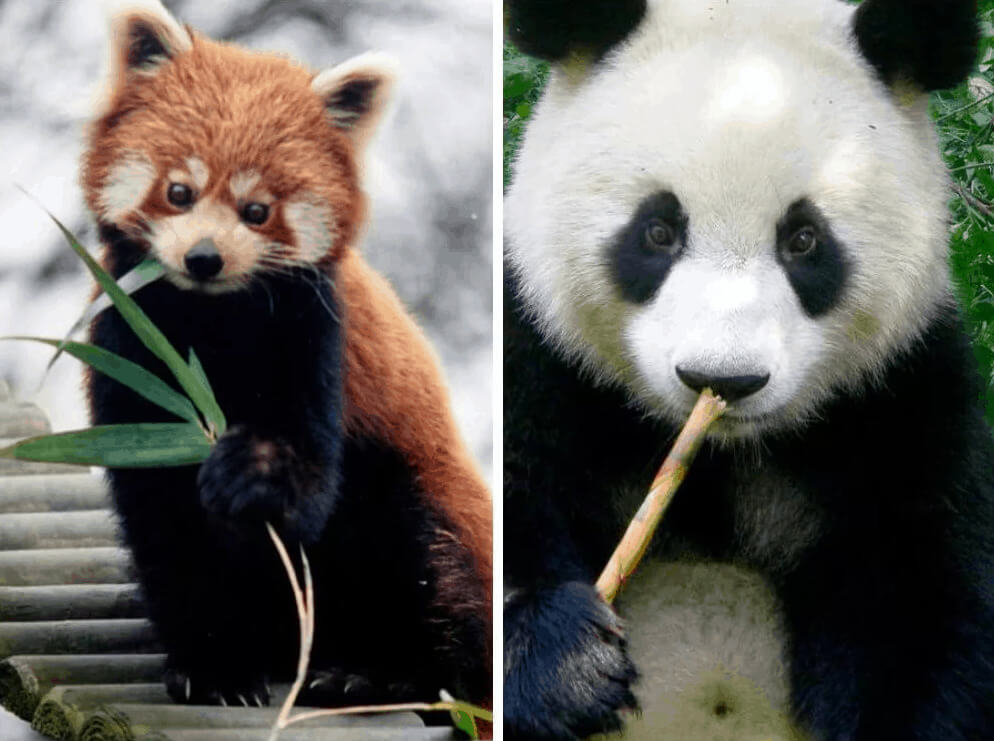
If we look at classifications, then the red panda is a distant relative of the giant panda, although it doesn’t resemble the bamboo panda at all in appearance. The red panda is small, with a reddish color (resembling more a fox or a cat in appearance), and it has more similarities with a raccoon.
Interesting fact: Europe only became aware of the red panda in the 19th century – in 1821, Thomas Hardwicke made an amazing discovery during his exploration of English colonies. The military collected reliable data about the red panda and even proposed to name it “Xha” (by the way, that’s how the Chinese called the panda – based on the imitation of sounds made by the panda, “xha”).
And finally, one more thing. The red panda is a brand of the company “Mozilla,” which you probably already know.
2. There have been extensive debates about their classification into one or the other family.
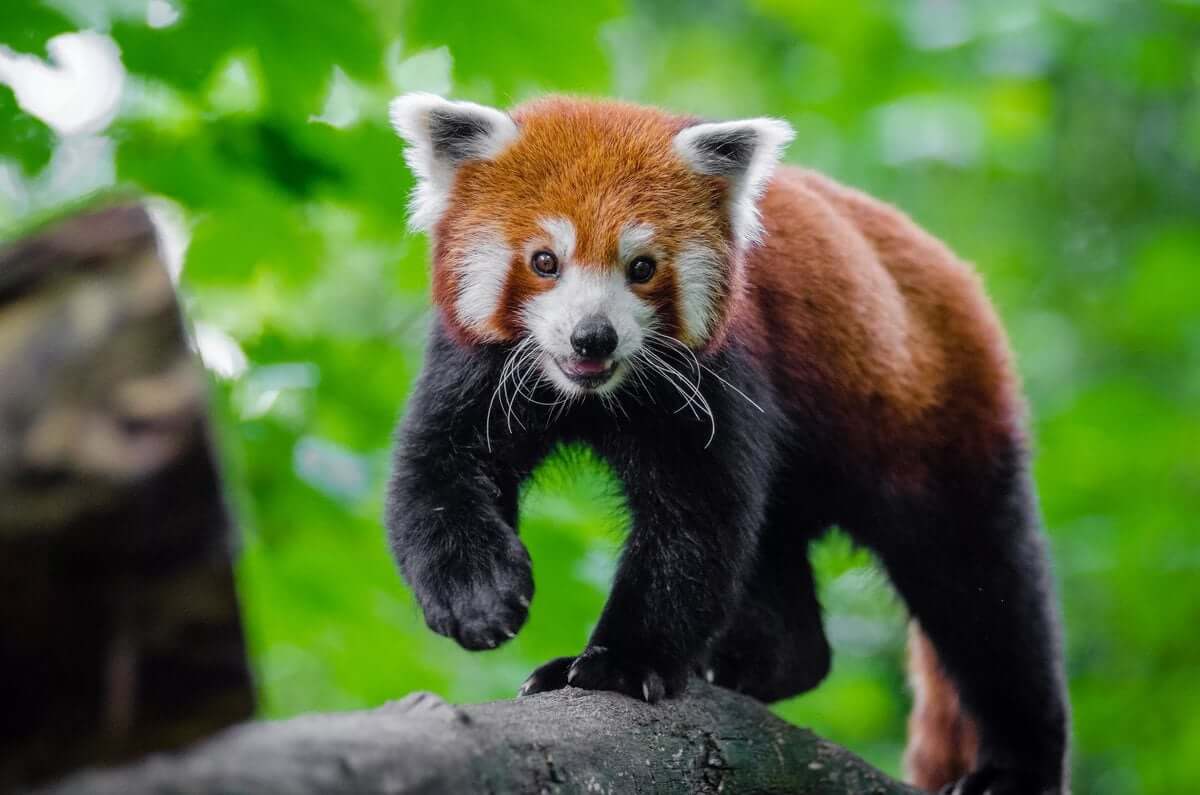
There are two types of pandas: the giant (also known as “bamboo”) panda and the small (“red”) panda. Scientists have long debated which family these animals belong to, but now we can finally know the answer.
Despite both of these species being called pandas, they belong to different families. While the giant panda has finally been classified as part of the “bear” family after lengthy debates, the situation is different for the red panda – it is classified under the “raccoon” family (by the way, the giant panda was also classified under this family for some time).
3. In India and Nepal, the Sloth Bear is a domesticated animal.
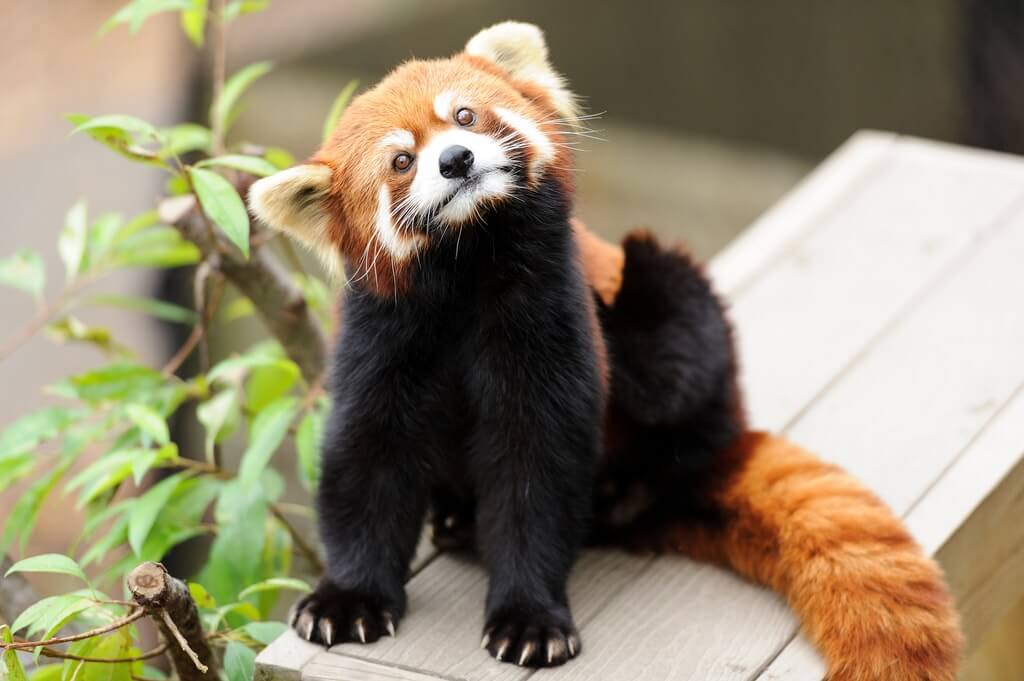
In Nepal and India, some affluent families keep such beautiful and extraordinary animals. Predators become pets. However, the red panda is not suitable for living among humans – the animal requires specific food and a familiar lifestyle.
It is difficult to keep a red panda, not only at home but even in a zoo. Usually, if someone keeps a red panda as a pet, they soon encounter a tragic outcome – the panda lives in domestic conditions for no more than 6 years. The animal often dies due to intestinal disease.
4. The Red Panda, despite being a carnivore, prefers young bamboo.
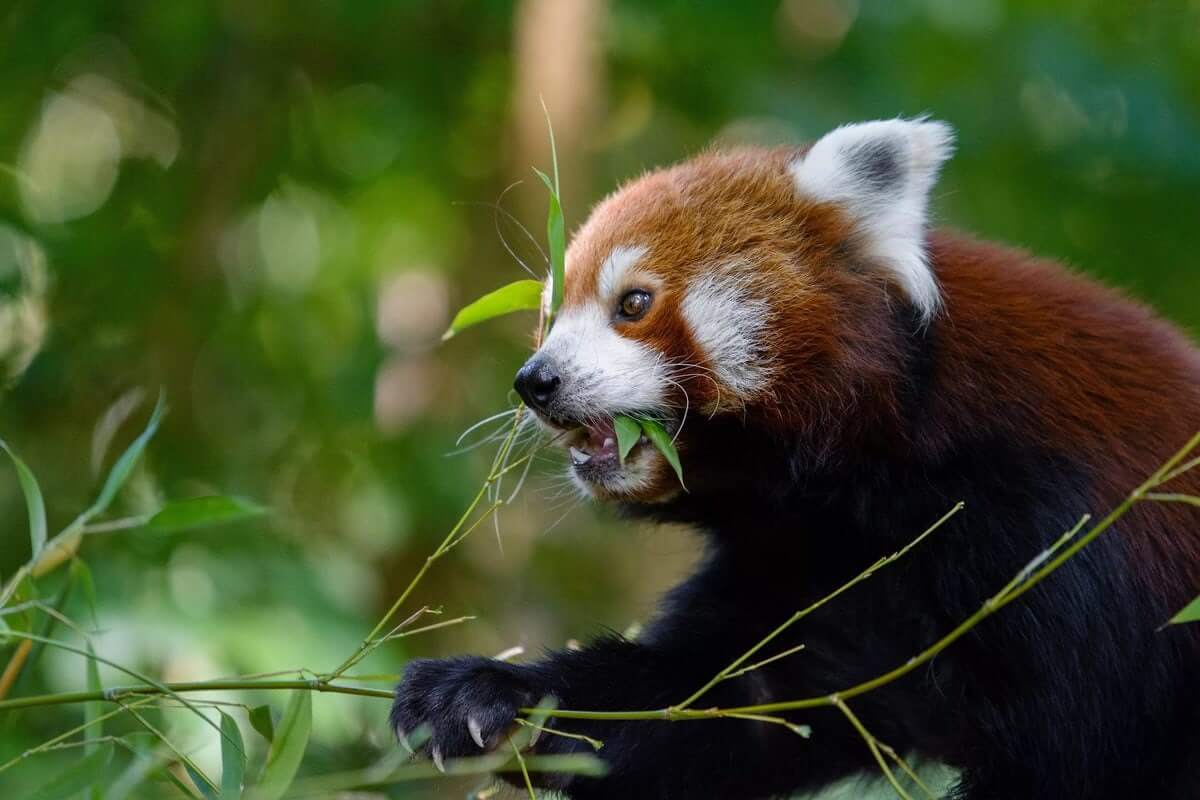
The red panda, also known as the “cat bear” (look at the photo – surely, you will find features in it similar to cats), “lesser panda” or “firefox”. Although it is a predator, this animal feeds on plant food. Almost its entire diet (95%) consists of bamboo leaves (especially the panda prefers young shoots).
It grasps bamboo branches with its front paws and brings food to its mouth – during a meal, the animal’s behavior resembles that of a human. The panda can eat in any position: sitting, standing, or even lying down, savoring every bite.
Unlike the bamboo panda, the red panda cannot digest cellulose at all, so during the winter, while feeding on plant food, the animal loses a significant amount of weight (approximately 1/6 of its body weight).
5. In China, the death penalty is imposed for killing a panda.
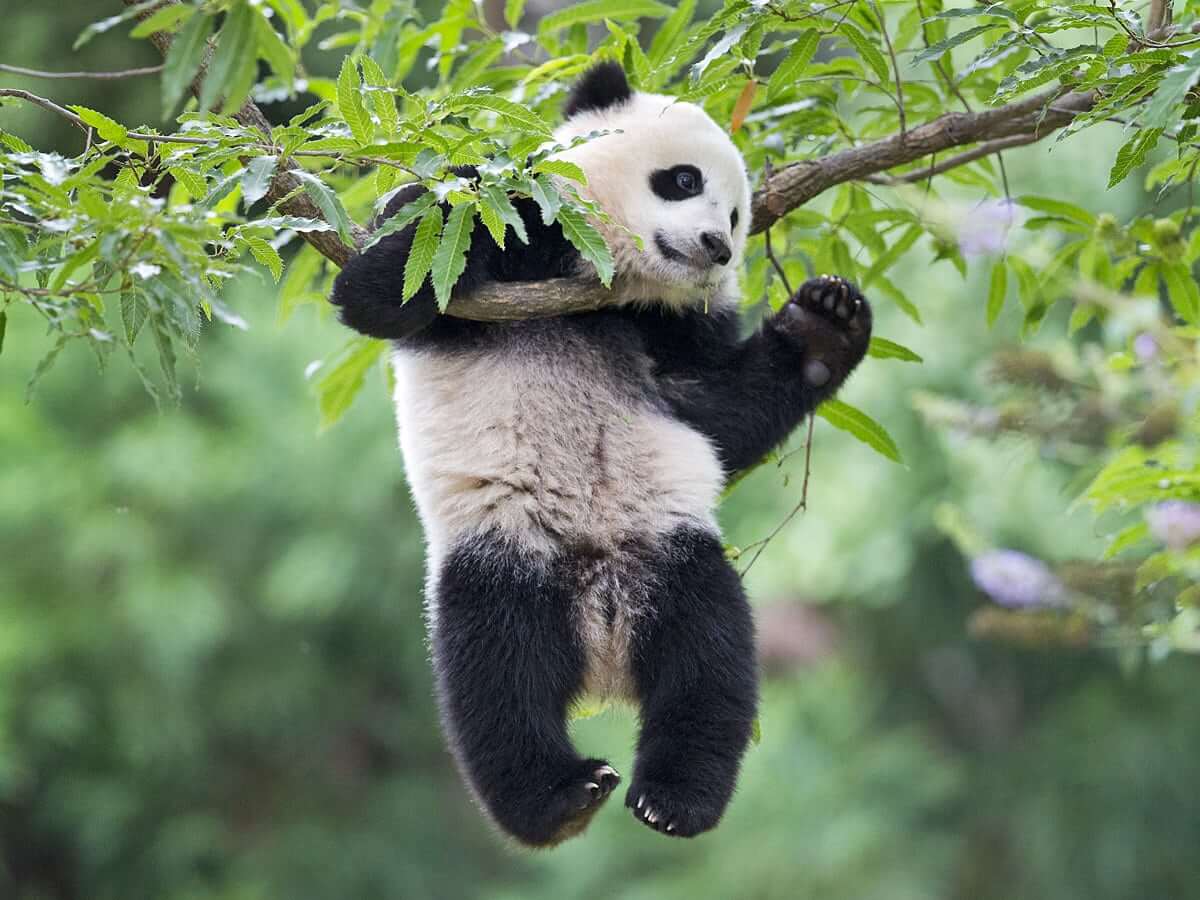
Volunteers and all animal lovers – good news for you! In China, killing a giant panda is punishable by up to 10 years of imprisonment, and if there are aggravating circumstances, the perpetrator may even be sentenced to death. This is the right decision, as there are very few of them left in nature.
By the way, the animal has been listed in the Red Book. In China, the panda is a national symbol, so the government pays very close attention to the panda population and the conditions for their preservation. It is unlikely that anyone would dare to harm the animal by breaking the law.
6. They spend up to 12 hours a day eating.
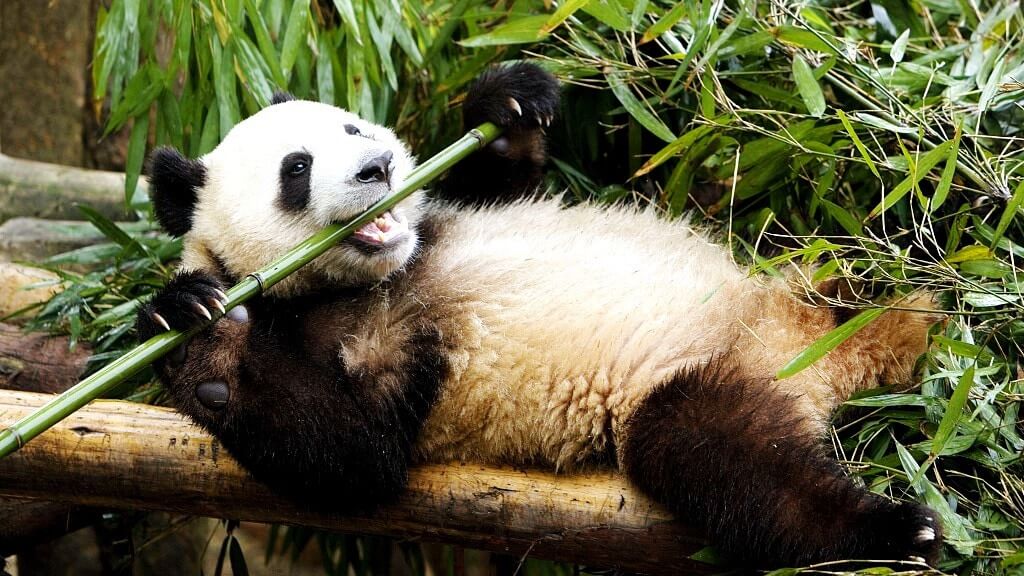
You read it correctly – that’s the amount of time a panda spends on food without regret! For us humans, who sometimes don’t even have time to have a proper breakfast and do it literally “on the go”, this seems unimaginable. However, a giant panda spends 12 hours a day on meals (mostly chewing bamboo), consuming approximately 12-15% of its body weight.
Pandas do not hibernate but remain active all year round. The reason for this is that the animal’s diet, consisting of bamboo, does not allow it to accumulate enough fat reserves for the winter.
It is worth noting that pandas inhabit remote areas of China – bamboo dies every few years, and along with it, pandas that have not been able to find enough food also die.
7. Belong to the order Carnivora, but mainly eat bamboo.
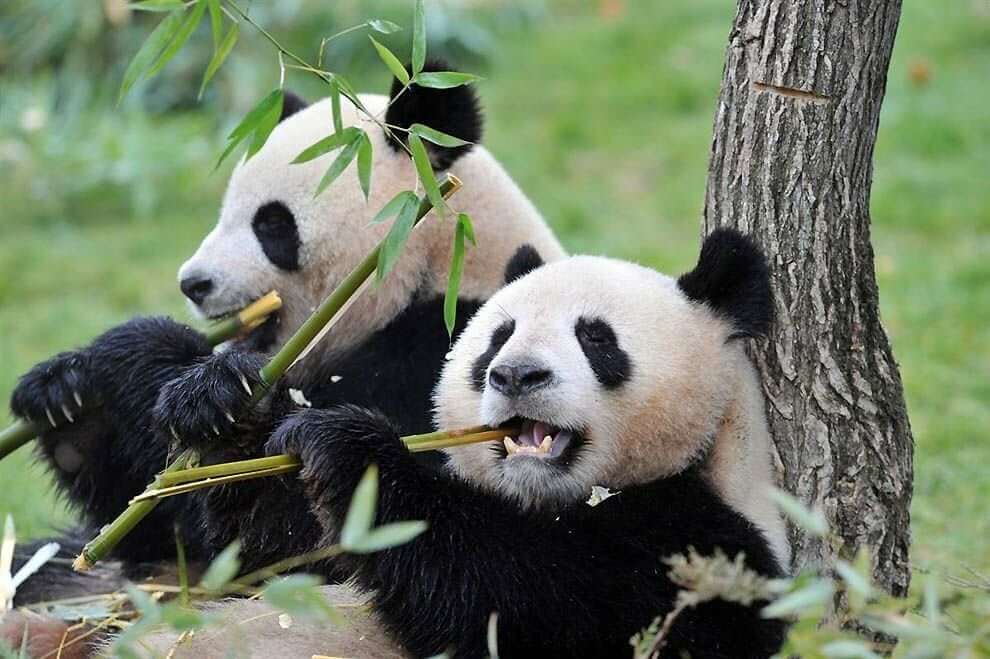
The giant panda mainly feeds on bamboo – 98% of its diet consists of bamboo, but despite this fact, it is classified as a “carnivore”. In addition to bamboo, the animal can diversify its diet by indulging in fish, small birds, or small rodents.
Scientists classified the panda as a “carnivore” after genetic studies. For a while, the animal was classified as a raccoon-like creature, but in terms of its feeding habits, it is a herbivorous organism. This beautiful creature may be a vegetarian, but it still has all the characteristics of a carnivorous animal.
Interesting fact: foxes and wolves also prefer variety in their diet – they enjoy melons. If you have noticed, cats (a member of the “carnivore” order) sometimes chew on grass.
8. Front paws with a “thumb” and five regular digits.
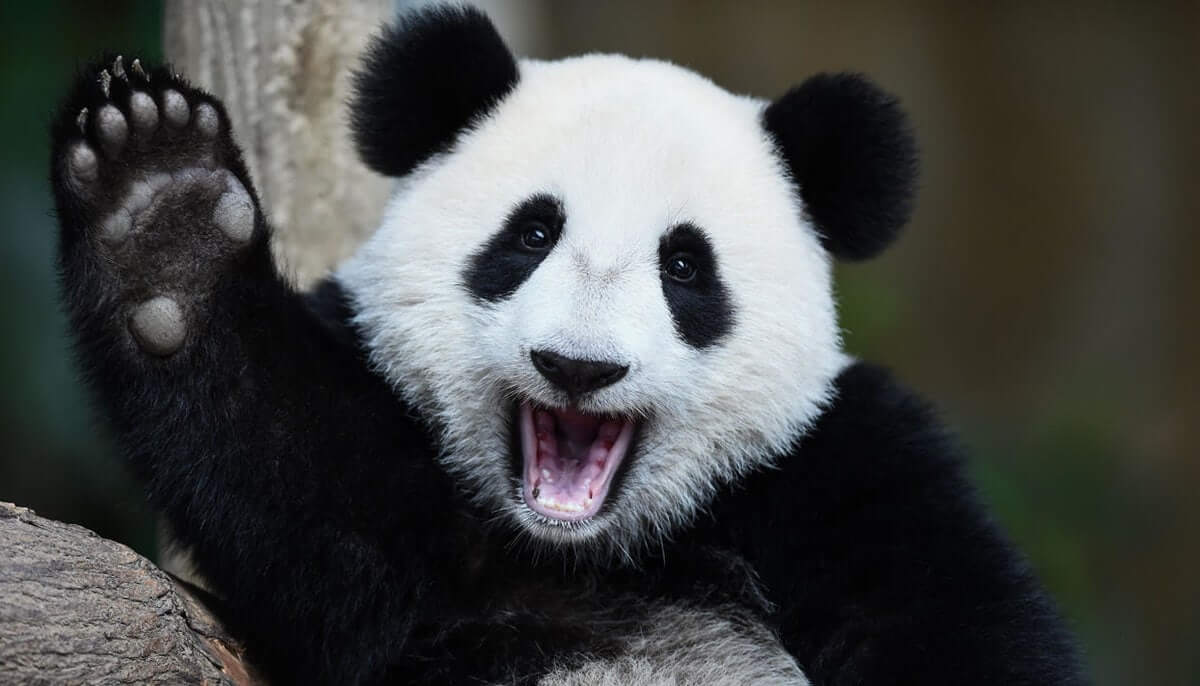
If you take a closer look at pandas in the photographs, you will notice that their paws are not quite ordinary. They resemble a human hand, and during meals, a panda, sitting in a comfortable position, reminds one of a human.
Nature has provided everything, the “thumb” on the panda’s paw is actually a modified sesamoid bone of the wrist, which allows the animal to easily handle even the thinnest bamboo shoots. Without them, by the way, this beautiful vegetarian wouldn’t be able to survive a day!
Interesting fact: the genomes of humans and bamboo pandas coincide by approximately 68%.
9. The national emblem of China.
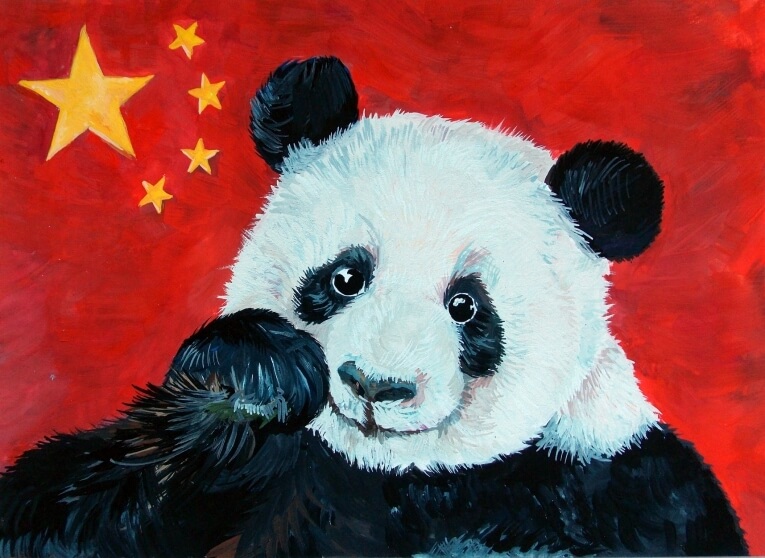
Giant pandas can be seen in China (as well as in Tibet), mainly in mountainous regions. This enormous animal (reaching approximately 1.5 meters in length and weighing up to 160 kg) is a unique symbol of China. Pandas have become sacred animals there – in Ancient China, for example, their physiognomy was minted on golden coins, and now as a sign of special respect, they are used as the most expensive diplomatic gifts.
In China, there is a special panda reserve where specialists in the field study and breed this unique animal.
10. The Giant Panda is the only modern species of the genus Ailuropus.
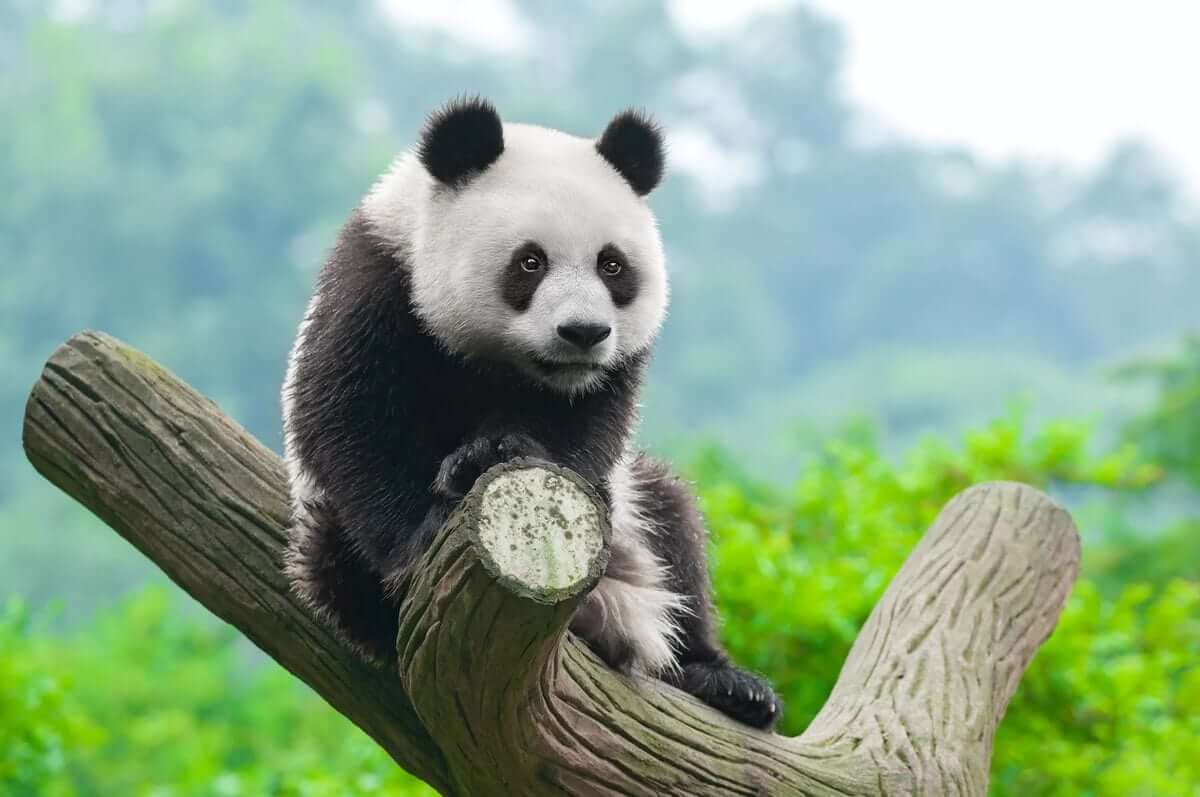
The bamboo bear is an incredibly beautiful and powerful animal belonging to the classification of “bears”. The panda has a black and white coloring, soft fur, and beautiful markings around its eyes resembling glasses. It has characteristics similar to raccoons. It is hard to find a more cute and good-natured creature! Look into its eyes and see for yourself…
One of a kind: the spotted bear (Ailuropus) belongs to the subfamily Ailuropodinae. The panda feeds exclusively on one type of bamboo – the daily diet of the animal includes at least 30 kg, but the weight applies to adult individuals.
